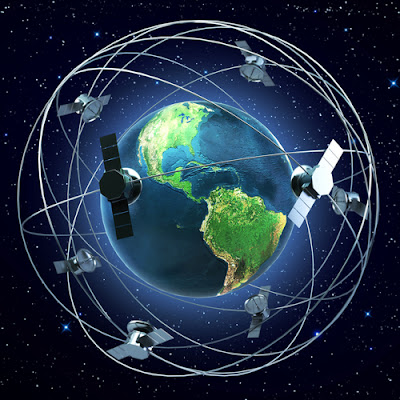GPS tracker Modernization and Global Navigation Satellite System
The most important hardware in a GPS surveying operation are the receivers. Their characteristics and capabilities influence the techniques available to the user throughout the work, from the initial planning to processing. There are literally hundreds of different GPS receivers on the market. Only a portion of that number is appropriate for GPS surveying and they share some fundamental elements. They are generally capable of accuracies from submeter to subcentimeter. They are capable of differential GPS (DPGS), real-time GPS, static GPS, and other hybrid techniques. They usually are accompanied by postprocessing software and network adjustment software. And many are equipped with capacity for extra batteries, external data collectors, external antennas, and tripod mounting hardware. These features, and others, distinguish GPS receivers used in the various aspects of surveying from handheld GPS units designed primarily for recreational use. A GPS receiver, like any electronic tracker...
